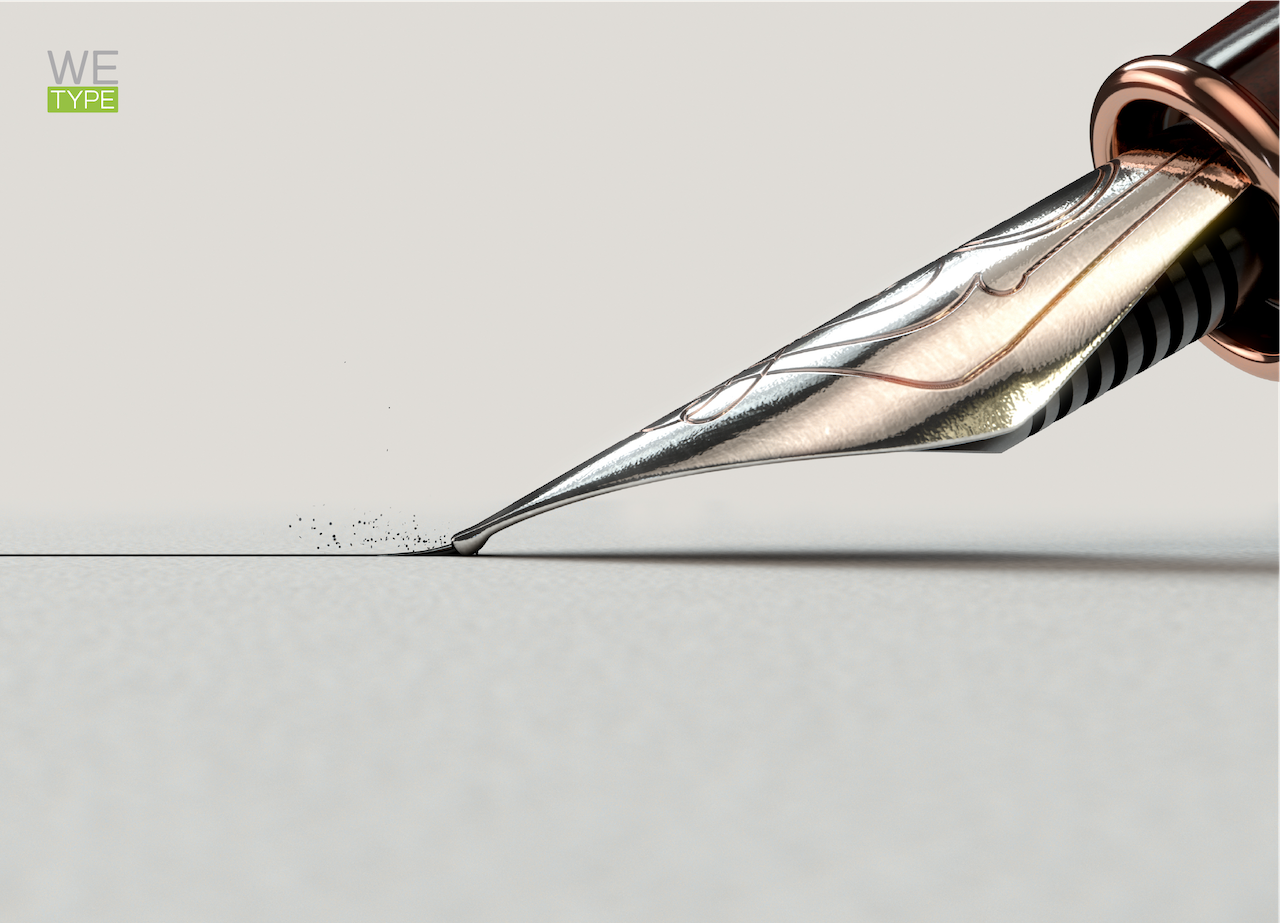August 4, 2021
Creating A Professional Letter – 5 Tips
Whatever your reason for writing a professional letter, it’s important that you use the opportunity to create the right impression. Like dressing appropriately for formal meetings, letters can also influence the reader, providing some insight into how you approach your work, so take the time to consider the content and appearance of your letter.
Professional letters commonly follow a number of conventions in both content and appearance. This week we will explore the importance of demonstrating professionalism in your letters, as well as providing some tips to help you to avoid common mistakes.
Why the formality?
Nowadays, when so much work-related communication is conducted via email, more formal modes of communication can feel outdated. However, in sectors such as healthcare, letters between clinicians and patients remain the preferred form of communication. To maintain professionalism throughout your letters, they should always be polite using the appropriate tone whilst also being brief and to the point. They should also demonstrate professional courtesy and allow the recipient an opportunity to get to know you personally and professionally.
When used correctly, letters contribute positively to a professional environment and should therefore be considered a key skill in your communication toolkit.

5 Tips To Creating A Professional Letter
1. Include necessary contact information – When writing a professional letter, you should include your full address in the corner. Also, ensure to use the full date at the start of your letter. Perhaps it may seem obvious, but this information will help your recipient know when the letter was sent, and how to contact you if they need to respond.
2. Use the most appropriate greeting – In most cases, you should begin the letter with “Dear” as the greeting, however you may have to consider using other greetings to fit the situation. In some cases, you may just want to use the recipient’s name and title.
3. Be professional but establish a friendly tone – Regardless of the reason you are writing the letter, establishing a friendly tone will encourage the recipient to be open to what you have to say. An example of this could be “I hope you are well”.
4. Consider your tone and style – Refrain from using chatty or informal language when you draft the main body of your letter. Ensure that your message is purposeful and straight to the point, but also make sure that all the necessary information is included so that your recipient will understand your message.
5. Ending the letter well – Your letter should end with a summary of what you would like to happen next. For example, if you are a specialist writing to a GP about a patient, include the actions that you’d like them to take at the end of the letter. This will help the recipient to understand what actions they need to take next. You should sign off the letter with your name and some regards, such as “yours faithfully”, or “yours sincerely”.
Letters still have a part to play in the modern world. They enable straightforward communication that can lay out specific requests and outcomes, whilst maintaining professionalism and formality.
Mastering this type of letter will not only be beneficial to your professional reputation, but also enable you to cut through some of the “chatter” (which is all too common in less formal modes of communication such as email)!
Letters or e-mail… what’s your preference? Head over to our LinkedIn and let us know!